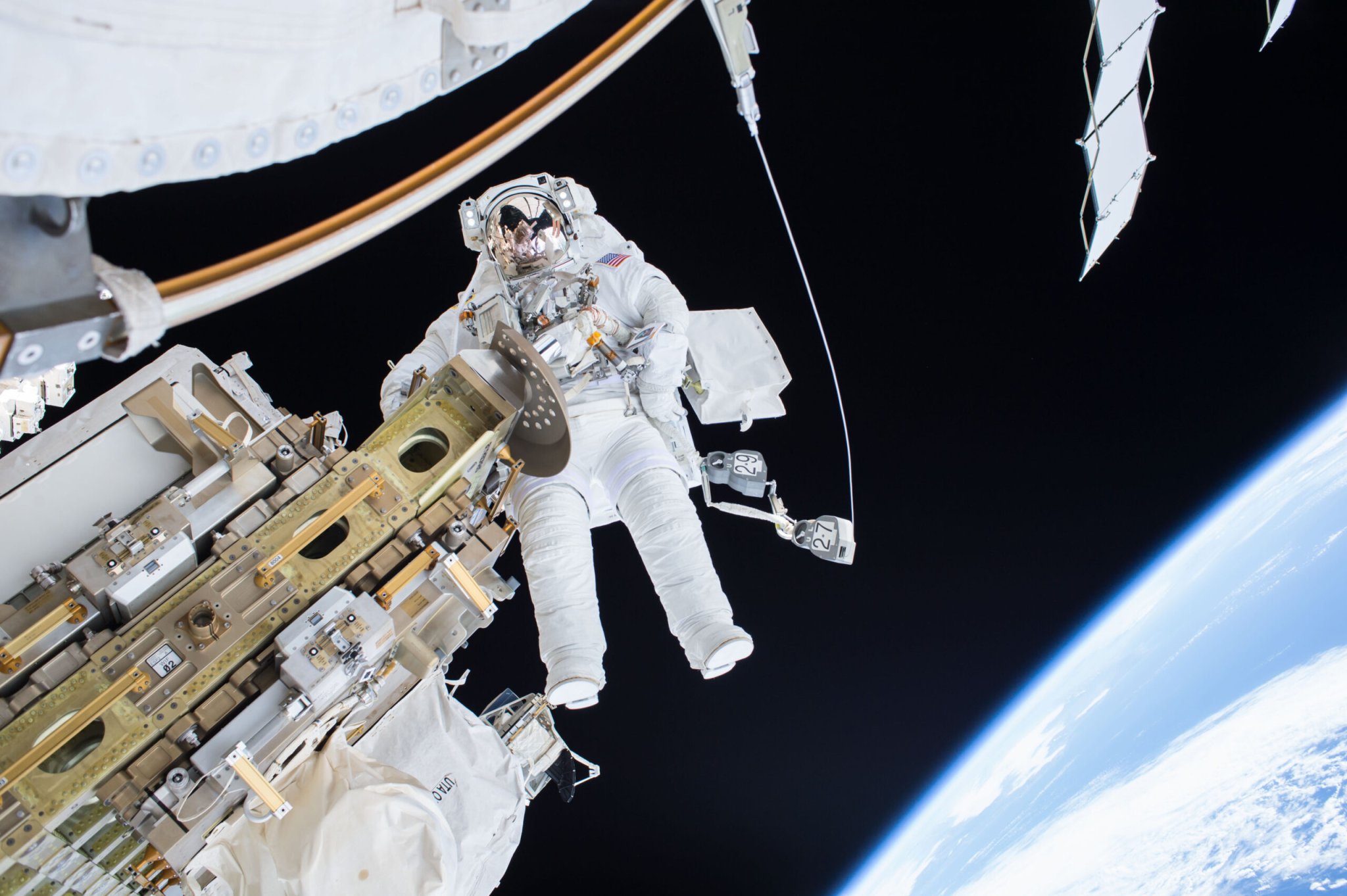

Good news for aspiring space travellers: NASA is currently accepting applications for its next astronaut class. New hires will join the Houston-based Artemis lunar exploration program, which aims to send the first woman and next man to the moon by 2024. The program will inform eventual trips to Mars.
Artemis will send astronauts to the moon aboard the Orion spacecraft using its new Space Launch System—a rocket that NASA claims is its most powerful of all time. It will propel Orion to at least 24,500 miles per hour, the minimum speed needed to exit low-Earth orbit and travel to the Moon.
Since the 1960s, NASA has selected and trained 350 astronaut candidates—though not all have made it through the rigorous two-year preparation, which includes mastering the complex hardware and communication controls aboard International Space Station, flight readiness training, and much more. (Read about the first tests astronauts went through in 1958 here.)
If this sounds like your kind of thing, you’re in luck. If you meet the requirements, you could join the ranks of the 48 currently active astronauts. NASA recently posted the online application, which expires on March 31. We’ve broken down all the requirements:
You need some serious degrees
In addition to US citizenship, there are some strict educational requirements. NASA asks that astronaut candidates have a master’s degree in a STEM field, including engineering, biological science, physical science, computer science, or mathematics. Candidates can also possess two years of work toward a PhD program in a related science, technology, engineering or math field; a completed doctor of medicine or doctor of osteopathic medicine degree; or completion (or current enrollment that will result in completion by June 2021) of a nationally recognized test pilot school program.
Plenty of flight experience is required
NASA states that candidates need professional flight test experience that’d prepare them to launch spacecraft, or at least 1,000 hours of pilot-in-command time in a jet aircraft. In comparison, commercial pilots need 1,500 hours of flight time.
Physical fitness is key
In addition to years of schooling, you must also be in tip-top shape. The required NASA long-duration spaceflight physical measures bodily functions like eyesight—20/20 vision is required, whether you have it naturally or with the help of corrective lenses—and blood pressure, which can’t exceed 140/90 when taken in the normal sitting position. Astronauts must also stand between 62 and 75 inches in height, which is between 5’2” and 6’3”.
There’s also a swimming test. Selected candidates eventually receive scuba certification and military water survival training, so strong swimming skills are a must.
There’s a lot of travel involved
This isn’t exactly a work-from-home gig. Long-term International Space Station missions can span a year or longer, according to NASA. Besides the obvious space travel, astronaut candidates may relocate to train for missions with NASA’s global partners like Russia and Canada.
Knowing Russian likely helps
Once astronaut candidates get the job, they’re assigned to learn Russian during the two-year training period. It’s a necessary space skill: When visiting the International Space Station, all astronauts take a ride on Russia’s Soyuz Spacecraft. Logistically, they need to communicate in the Slavic tongue throughout this process. If you want to get a head start, just fire up Russian Duolingo.
